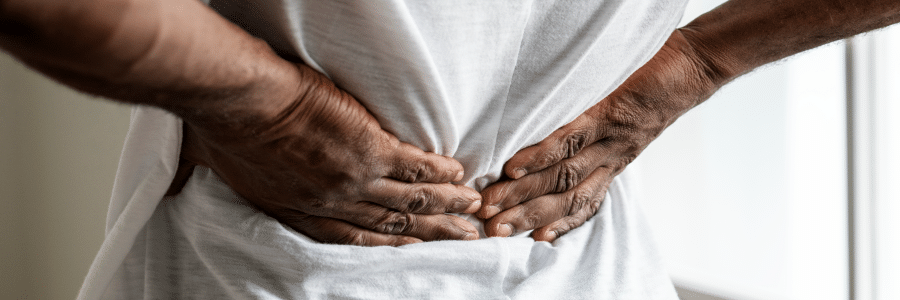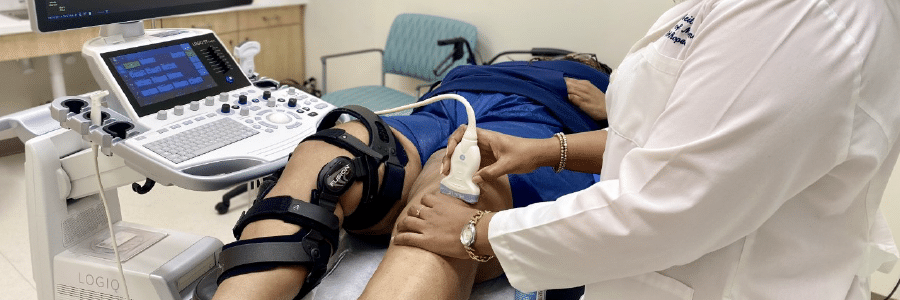Tips and Stretches for Lower Back Pain
April 27, 2022
If you are reading this, you are probably experiencing lower back pain – or know someone who is.
Back pain is one of the most common medical complaints in the world. Studies show that up to 70% of adults will experience some kind of back pain during their lives. Worldwide, back pain is the main reason for missed work days and the second most common reason to visit a doctor.
Back pain may be caused by a sprain you suffered at work or from doing chores around the house. Or, the pain may result from an injury or a chronic condition, like arthritis.
If your pain is sudden or severe, you should get checked by your doctor. But, if you are experiencing a nagging pain or discomfort, there are things you can do to relieve the pain. Here are a few things to try.
1. Move.
It may be uncomfortable, but one of the best things you can do to deal with lower back pain is to move around. Get on your feet and take a walk. Whether it’s a brisk walk around the block or a slow stroll, walking can help to strengthen back muscles, which will improve support for the spine.
2. Stretch.
Often, lower back pain results from tight muscles. Stretching can increase flexibility and loosen muscles. Yoga is excellent to keep the body limber. Stretching exercises may also help.
3. Exercise.
Beyond stretching, you should exercise to strengthen your core, which provides important support for your back. Pilates and tai chi are useful for strengthening the core.
4. Stand up straight.
Your mother was right. Good posture makes a difference because it eases the pressure on your lower back. Try to keep your head centered over your hips and don’t slouch. If you spend a lot of time staring at a computer screen, force yourself to periodically walk away and stretch.
5. Lose weight.
Being overweight is hard on the lower back. Losing a few pounds relieves the pressure on the spine.
6. Quit smoking.
Studies have found that smokers are more likely to experience back pain than non-smokers. Nicotine in cigarettes and other products increases the odds for chronic lower back pain, sciatica, and other problems.
7. Ice or heat your back.
Ice is usually more effective if you are experiencing swelling or inflammation in your lower back. Heat tends to be more effective if you need to relax stiff or tight muscles. Try icing or heating your back for 20 minutes. If one doesn’t work, try the other. But do not do either if you are using muscle ointments.
8. Try over-the-counter medications.
Nonsteroidal anti-inflammatory drugs, known as NSAIDs (like aspirin, ibuprofen, and naproxen), can help to reduce inflammation that can lead to swelling and tenderness. They may offer some relief if you are suffering from arthritis or another inflammatory condition. Acetaminophen may offer some pain relief, but it will not relieve inflammation.
9. Use medicated creams or ointments.
Creams, salves, patches and other products may be able to cool, heat, or numb the painful area. Apply them to the area that is in pain.
10. Try some support.
Putting a small support under your pelvis when you lay down may help to release tension in your lower back. Use a rolled-up towel or a small pillow.
Don’t let back pain get in the way of your life. Talk to your doctor about ways to treat or manage it so it doesn’t prevent you from doing what you love. If you do not have a doctor, Grady Health System can help. If you need a primary care physician, give us a call at (404) 616-1000. We’ll arrange an appointment at a Primary Care Center near you. Doctors there can treat most conditions and provide access to Grady’s unparalleled medical specialty expertise.

Advertisement


